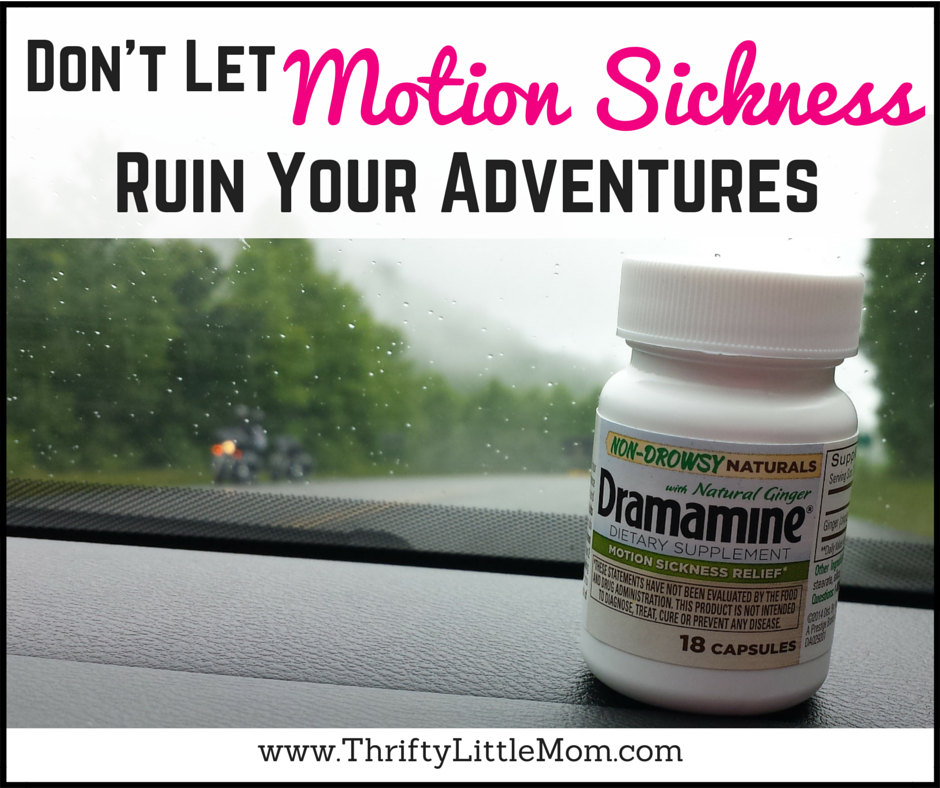
Rotary motion is worse than linear motion Low-frequency motions are worse than high-frequency motions Nonsedating antihistamines, ondansetron, and ginger root are not effective in the prevention and treatment of motion sickness.Īvoid particularly noxious types of motionsĬomplex (multiple and off-axis) motions are worse than simple (one-axis) motions First-generation antihistamines, although sedating, are also effective. Scopolamine is a first-line medication for prevention of motion sickness and should be administered transdermally several hours before the anticipated motion exposure. Patients should also attempt to reduce other sources of physical, mental, and emotional discomfort. Other behavioral strategies include watching the true visual horizon, steering the vehicle, tilting their head into turns, or lying down with their eyes closed. Slow, intermittent exposure to the motion can reduce symptoms. Patients should learn to identify situations that will lead to motion sickness and minimize the amount of unpleasant motion they are exposed to by avoiding difficult conditions while traveling or by positioning themselves in the most stable part of the vehicle. Early self-diagnosis should be emphasized, and patients should be counseled about behavioral and pharmacologic strategies to prevent motion sickness before traveling. Although nausea is the hallmark symptom, it is often preceded by stomach awareness, malaise, drowsiness, and irritability.

It is thought to be caused by conflict between the vestibular, visual, and other proprioceptive systems. 1991 62:308-314.Motion sickness is a common syndrome that occurs upon exposure to certain types of motion. Motion sickness severity and physiological correlates during repeated exposures to a rotating optokinetic drum. With infrequent exposures the protective value of habituating experiences is lost, and the patient returns to baseline levels of susceptibility. Similarly, frequent short exposures to provocative motion lead to a protective habituation, although the ability to adapt is marked by substantial individual differences. If motion is sustained, as on a long sea voyage, most people develop some habituation and become less susceptible to motion sickness. Nausea leading to vomiting may develop within a few minutes if the provocative motion stimulus is intense, whereas with moderately provocative motion the onset of nausea is delayed, and vomiting may not necessarily occur. The rate at which motion sickness develops varies with the intensity of motion. London, UK: Hodder Arnold, Hodder Education 2006:459-475. Once a certain level of nausea is attained, vomiting is almost inevitable, even if the patient is removed from the motion environment. Vomiting often provides temporary or permanent relief of these symptoms.


Motion sickness is characterised by stomach discomfort, nausea, and vomiting, accompanied by autonomic features such as pallor and sweating.


 0 kommentar(er)
0 kommentar(er)
